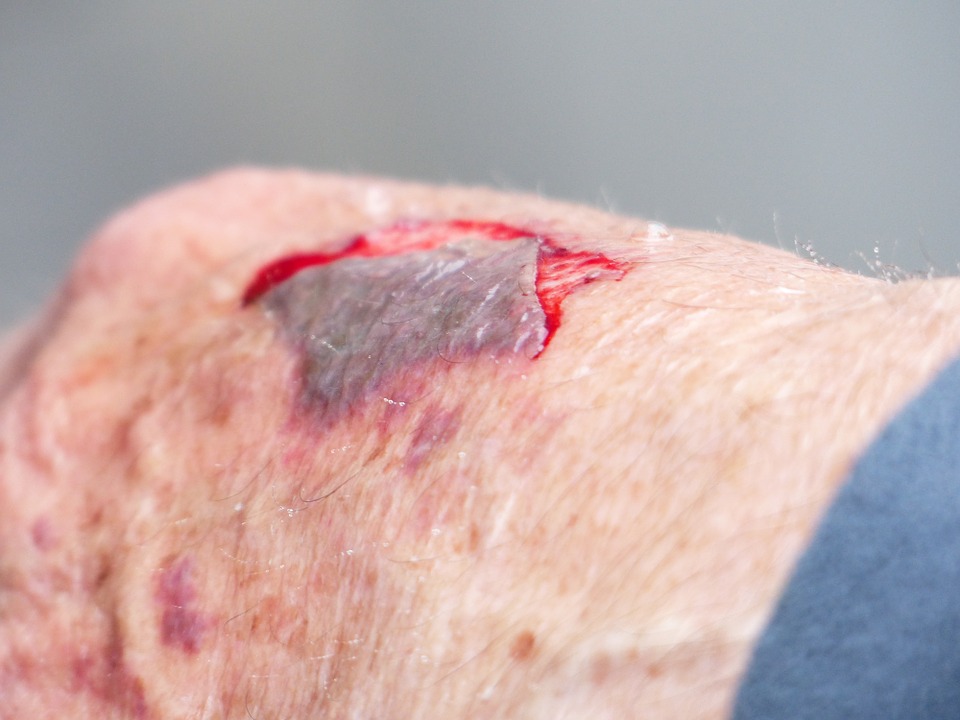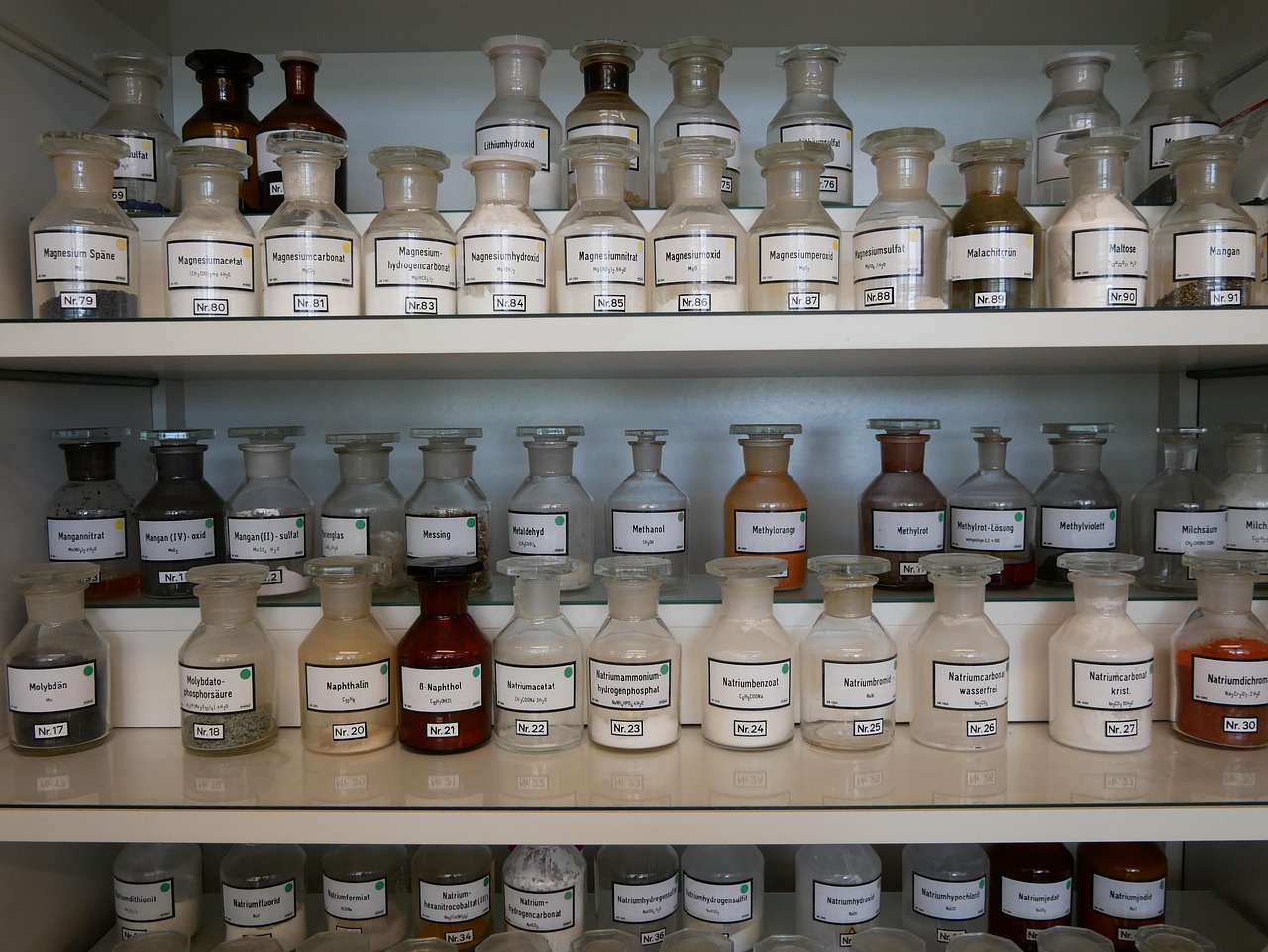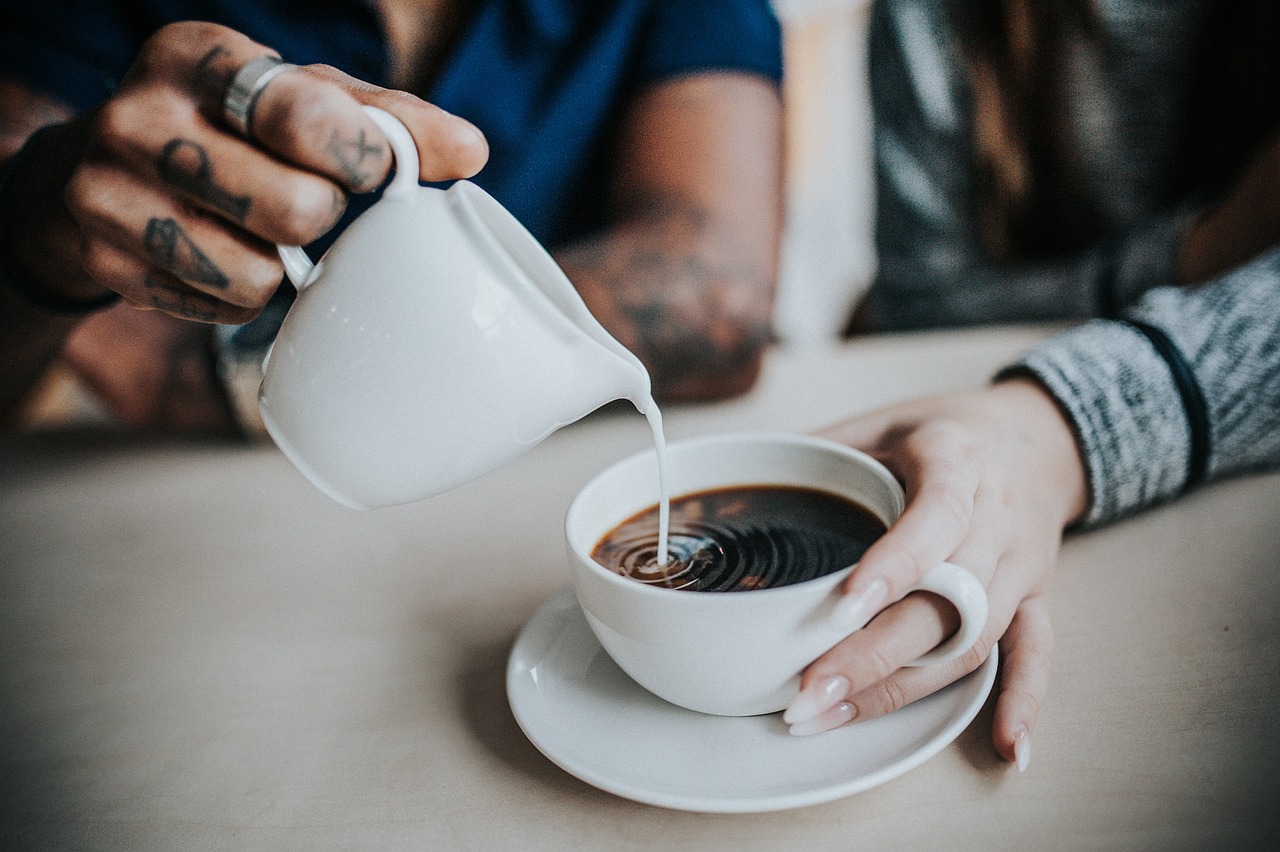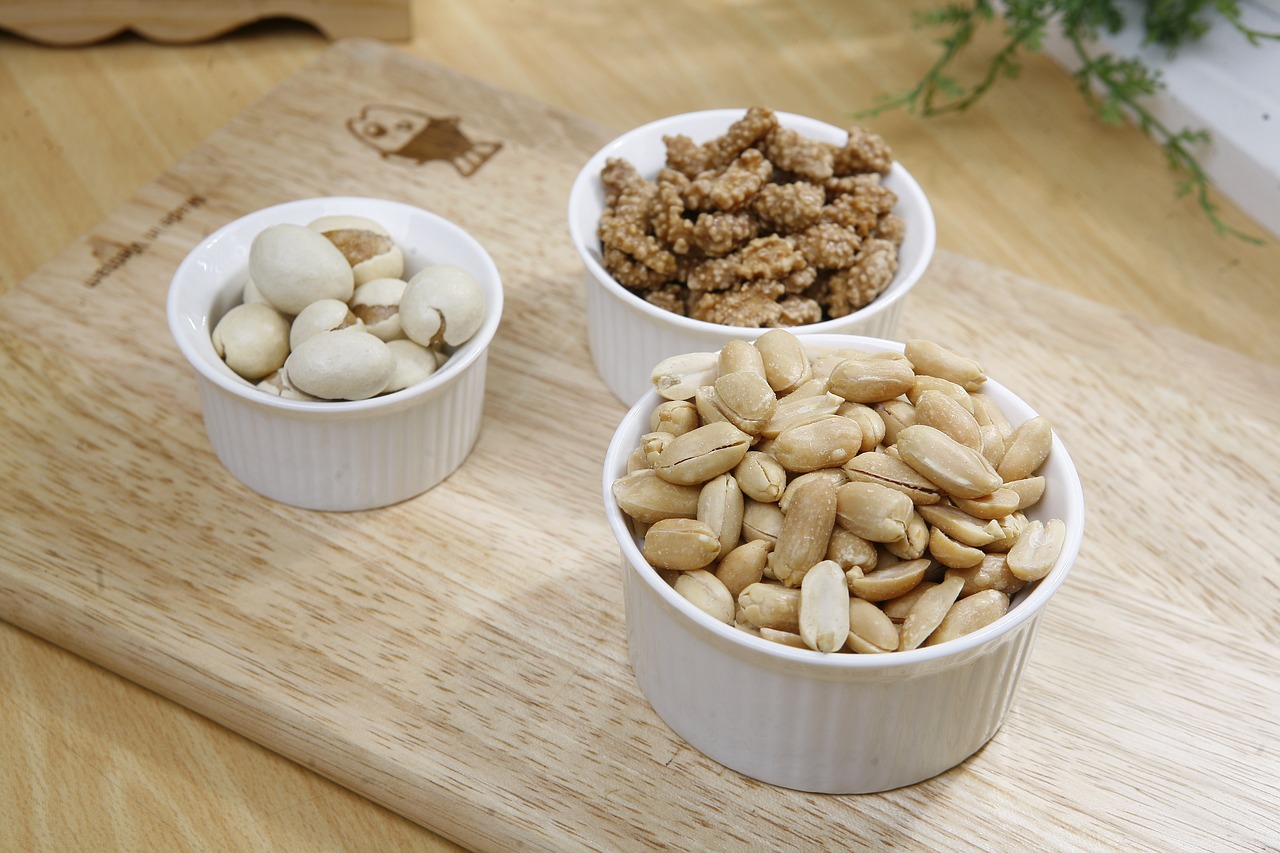"Pressure Ulcer Prevention in Nursing Homes - a Guide to Systematic Preventive Work"
This article is translated with AI and written based on Swedish conditions. Hopefully, it can inspire interested parties from other countries.
Pressure sores can be prevented by working systematically with diet, activity, and a functional preservation work method. By ensuring that residents receive the right nutrition, sufficient fluids, and the opportunity to move, the risk of pressure sores decreases. The healthcare staff plays a key role in identifying risk factors early and documenting their observations to ensure that the correct measures are taken.
 Bild: Pixabay
Bild: PixabayPressure ulcer prevention work in nursing homes - a holistic approach
Pressure sores - a serious but often preventable care injury
Pressure sores cause great suffering for the residents and entail significant costs for the care. Through systematic work that combines risk assessment, nutrition, movement, and skin care, most pressure sores can be prevented.
Risk factors and early identification
Important risk factors
- Reduced mobility (bedridden/wheelchair-bound)
- Malnutrition and dehydration
- Aging skin with reduced elasticity
- Chronic diseases such as diabetes
- Incontinence with skin irritation
Risk assessment tools
- Use the Norton scale at:
- Move-in
- Deteriorating health condition
- Regular follow-ups (at least quarterly)
- Document and communicate results in the care plan
Four cornerstones of preventive work
Pressure relief and positioning
Position changes
- Every 2 hours for bedridden
- Every 15-30 min for seated
- Use a rotation schedule and document
Aids
- Pressure-relieving mattresses (air/viscoelastic)
- Special cushions for hips, heels, and elbows
- Raise the head end max 30° to reduce shear forces
Nutrition and fluid
Dietary measures
- Protein supplement (1.2-1.5 g/kg/day)
- Energy-rich snacks
- Nutritional drinks as needed
Fluid balance
- At least 1.5 liters/day unless contraindicated
- Offer drinks regularly throughout the day
- Monitor signs of dehydration
Skin care and hygiene
Daily skin inspection
- Especially leg protrusions, hips, sacrum
- Look for redness that does not fade under pressure
Incontinence care
- Change protection immediately as needed
- Use barrier protective creams
- Soft washes without friction
Activity and exercise
Movement plan
- Customized exercise for each resident
- Seated exercise for wheelchair-bound
- Passive movement for bedridden
Promoting independence
- Encourage own movements
- Adapt aids for maximum participation
- Collaborate with physiotherapist/occupational therapist
Organizational measures
The role of staff
- Training in risk assessment and measures
- Clear routines for position changes
- Responsibility for documentation
The manager's responsibility
- Ensure access to aids
- Implement quality registries
- Prioritize training time
Interprofessional collaboration
- Occupational therapist for transfers, everyday support for staff and residents to strengthen the resident's independence and participation.
- Nurse for wound prevention, nutrition (sometimes with the support of a dietitian)
- Physiotherapist for movement plans, physical activity.
Documentation and quality follow-up
Structured documentation
- Risk assessments at regular intervals
- Skin status at each care occasion
- Measures and effect evaluation
Quality indicators
- Proportion of residents with pressure sores
- Time measurement from redness to action
- Staff knowledge testing
Reflection questions
Care personnel
- Which areas are hardest to inspect regularly?
- How can we make position changes more seamless in everyday life?
Manager, nurse, occupational therapist, and physiotherapist
- Are there sufficient resources for preventive work?
- How do we follow up on the effect of our measures?
Residents and relatives
- What information do you need about pressure sore risks?
- How can you help detect early signs?
Erland Olsson
Specialist nurse
Sofrosyne - Better care every day

Aktuellt i media
- 2025-04-28 04:00 10 Aktivitet o funktionsbevarande arbetssätt
- 2025-04-25 04:00 17 Psykisk hälsa
-
2025-04-23 04:00
13 Hygien
Storage tends to attract all the world's junk. Order, clearing and cleaning of storage is a necessary recurring task.
info Bild: Pixabay
Bild: Pixabay -
2025-04-14 04:00
08 Förebyggande o lokaler
The art of furnishing a nursing home, a balancing act between homeliness, functionality, and hygiene aspects.
info -
2025-04-10 04:00
04 Bemötande
Waking up in a nursing home - is the morning routine adapted to each individual's needs?
info Bild: Pixabay
Bild: Pixabay -
2025-04-07 04:00
09 Mat och måltid
For the elderly, it is often important to eat many snacks in order to get enough nutrition.
info Bild: Pixabay
Bild: Pixabay

